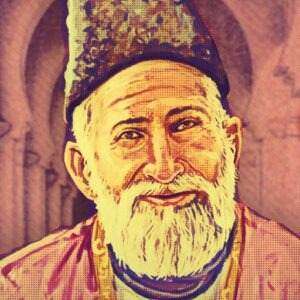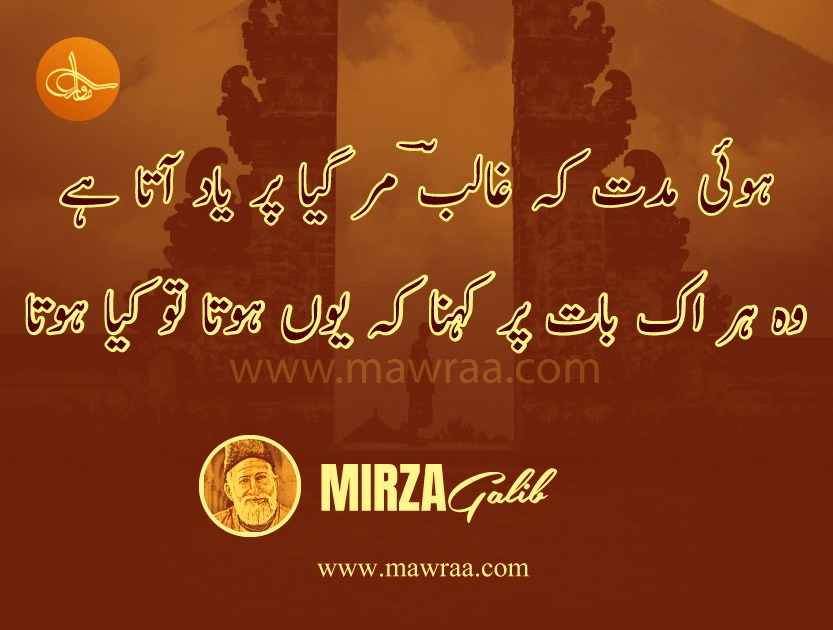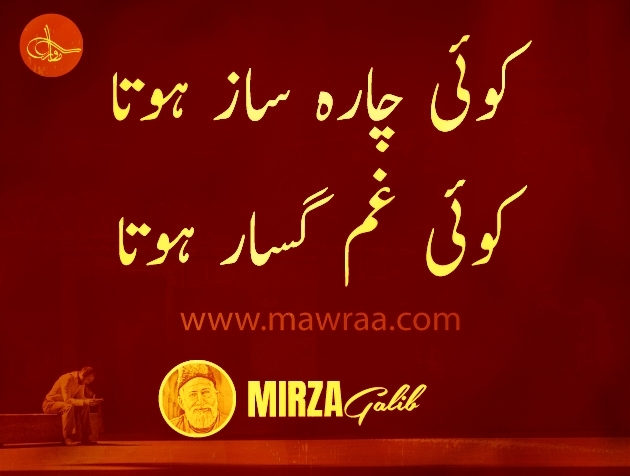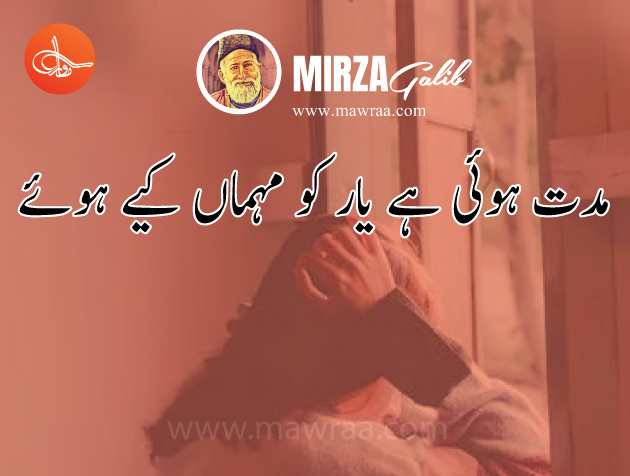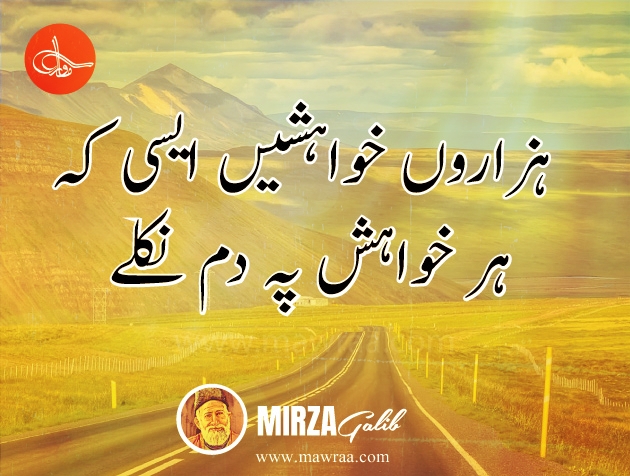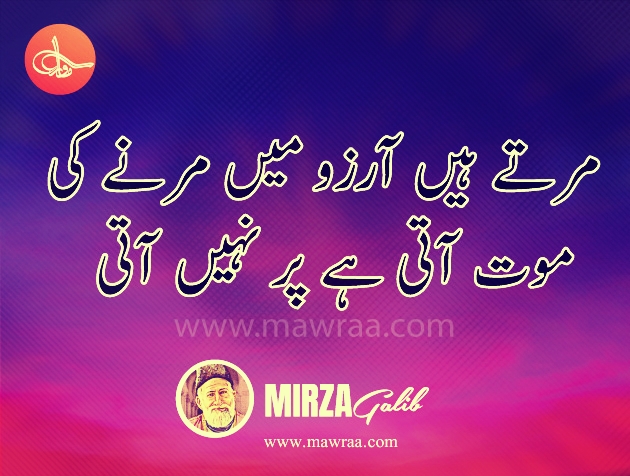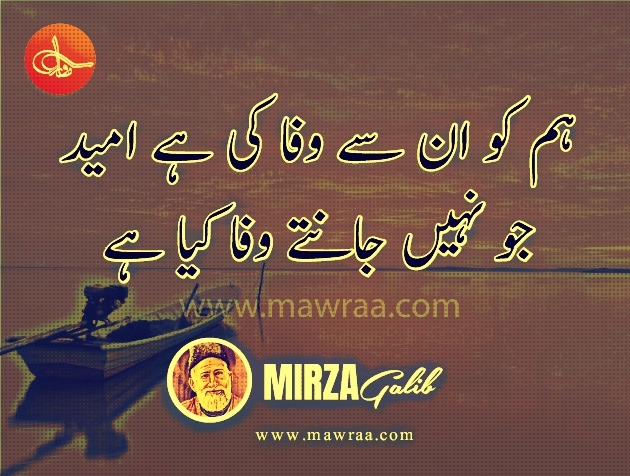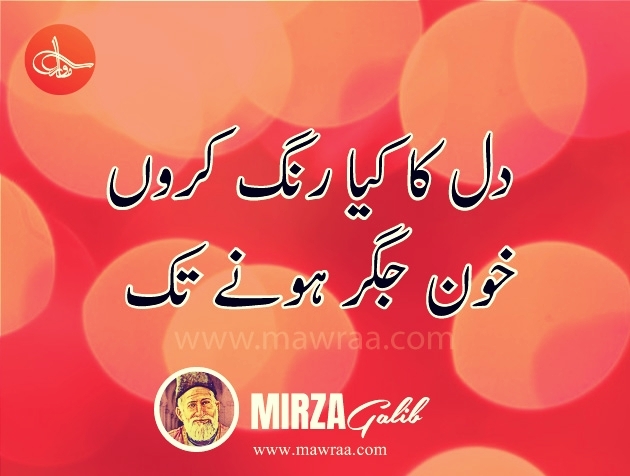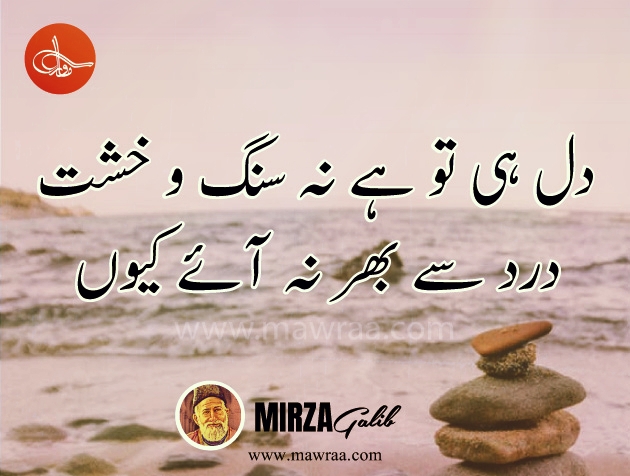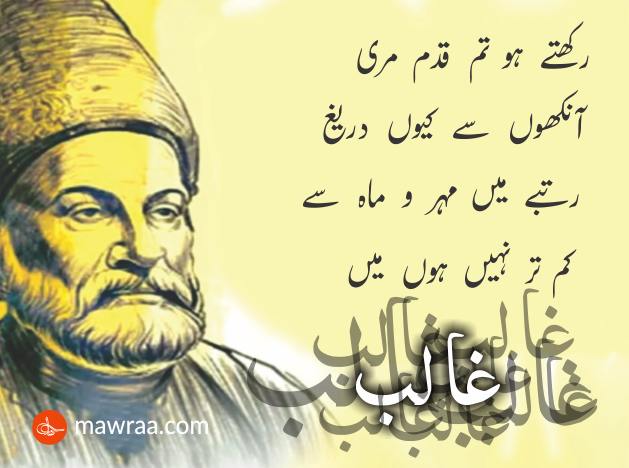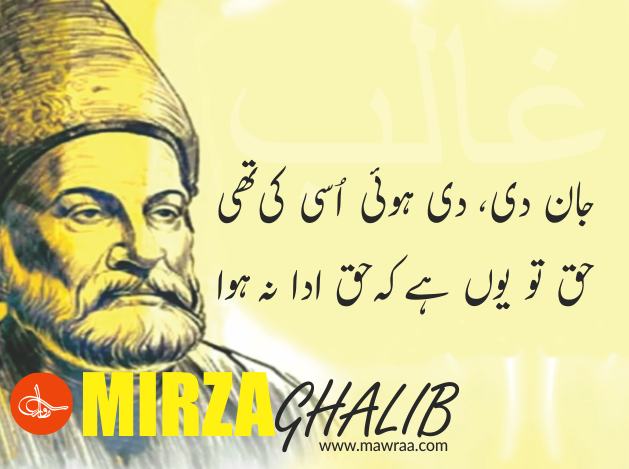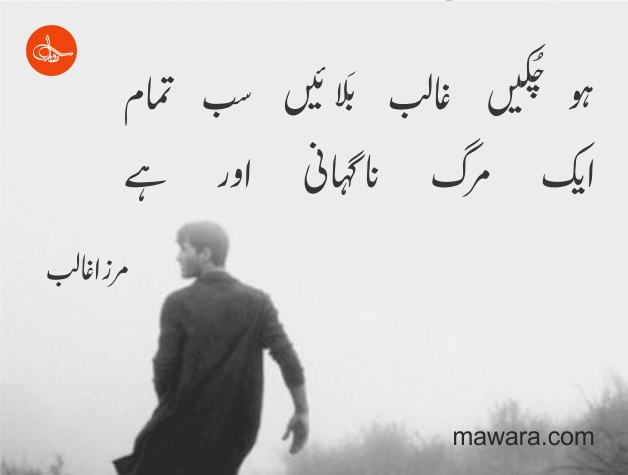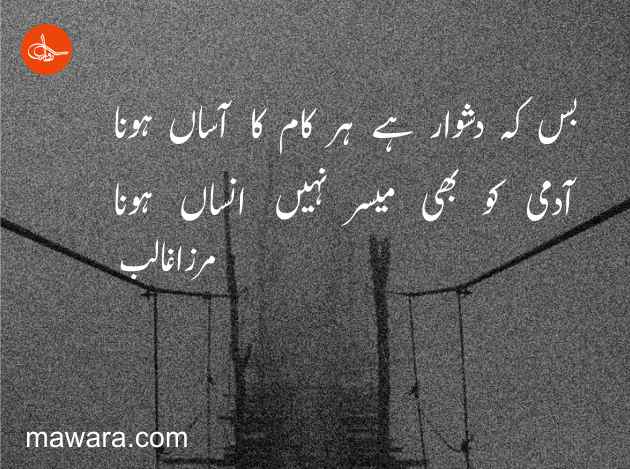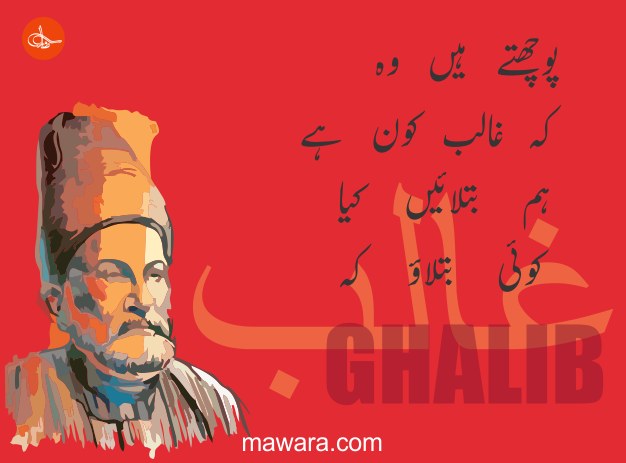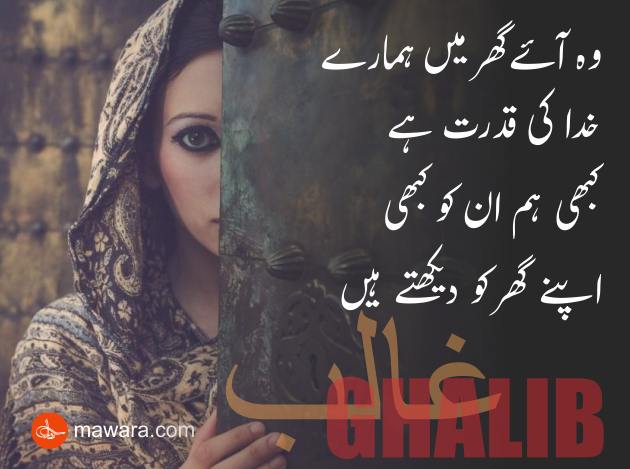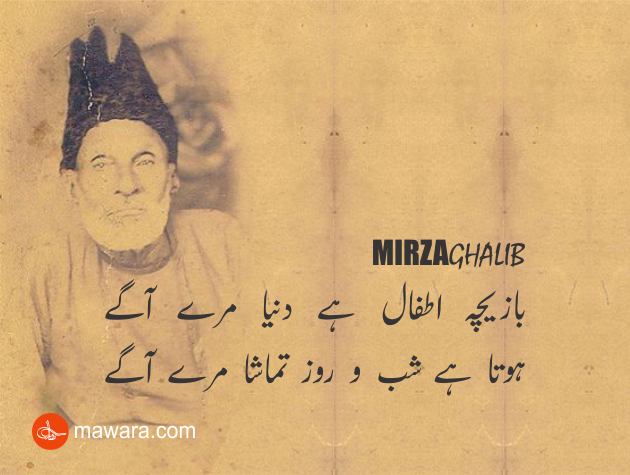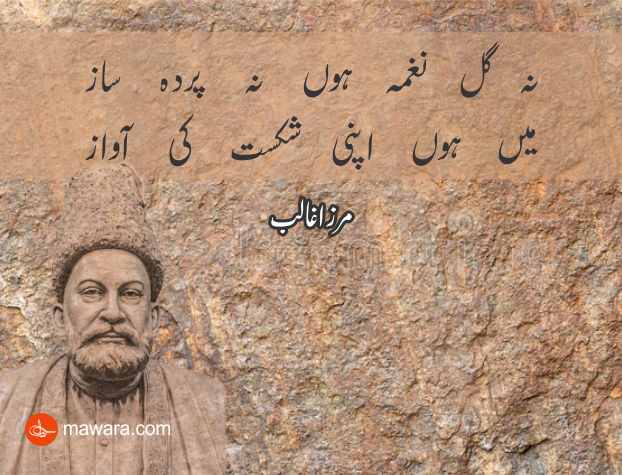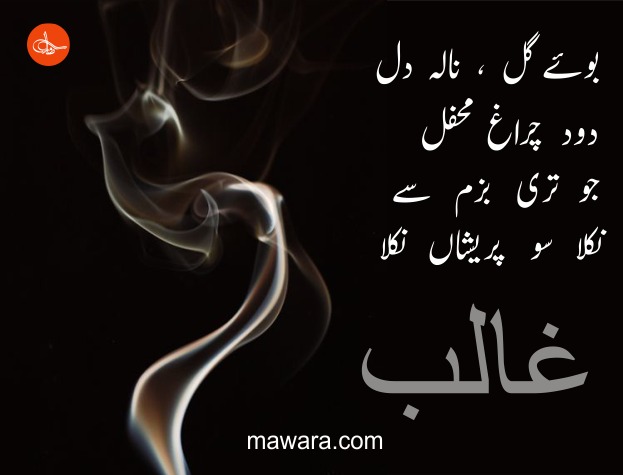Introduction
Mirza Ghalib was a renowned Urdu and Persian poet and one of the most famous figures in Indian literature. He lived in the late 18th and early 19th centuries in the Mughal Empire, and his poetry is known for its complexity, depth, and insight into human emotions. He is regarded as one of the greatest poets of the Urdu language and his works continue to be widely read and revered today. Ghalib’s poems and ghazals have been translated into many languages and his impact on Urdu literature has been immense.
Mirza Ghalib Early Life and Education
Mirza Ghalib was born in Agra, India in 1797 to a family of Turkish nobility. He received a traditional education in Arabic, Persian, and Islamic studies, and began writing poetry at a young age. Despite his family’s background, Ghalib faced financial difficulties throughout his life and was forced to take various jobs to support himself and his family. Nevertheless, he continued to write and gained recognition for his work, eventually becoming one of the most respected poets of his time. Ghalib’s poetry reflects his wide-ranging knowledge of literature, history, and philosophy, as well as his deep understanding of the human experience and the complexities of love and relationships. Despite his financial hardships, Ghalib lived a colorful life, filled with poetry, friends, and political intrigue. His life and works remain an inspiration to people all over the world.
Mirza Ghalib Career in Literature
He is regarded as one of Urdu literature’s best poets, and his writings have left a lasting impression. Poetry by Ghalib is renowned for its complexity, profundity, and understanding of human emotions. It also demonstrates his broad knowledge of literature, history, and philosophy.
Ghalib’s ghazals, which are short, rhyming love poems, are particularly famous. They often deal with themes of love, separation, and the fleeting nature of life, and they are characterized by their use of lyrical language and intricate rhyme patterns. Ghalib’s ghazals are known for their ability to convey emotions, from longing and passion to despair and sorrow.
Ghalib’s poetry was widely read and respected during his lifetime and his influence on Urdu literature has been immense. He was a member of the court of the last Mughal emperor, Bahadur Shah Zafar II, and he was known for his wit and his sharp tongue.
Ghalib lived a colorful and full life, full of poetry, friends, and political intrigue while experiencing poverty and sorrow. He is still one of the most adored authors in Indian literature, and his writings are still read and appreciated today.
Famous Works of Mirza Ghalib
Mirza Ghalib’s of his most famous works include:
- Divan-e Ghalib: This is a collection of Ghalib’s poems and ghazals, and it is considered one of his most important works. It showcases his mastery of the Urdu and Persian languages and reflects his deep understanding of human emotions and the complexities of love and relationships.
- Aahang-e Ghalib: This is a collection of Ghalib’s ghazals, and it is considered one of his most lyrical and emotional works. It is known for its use of imagery and metaphor, and it is considered one of the greatest examples of Urdu poetry.
- Letters of Ghalib: This is a collection of Ghalib’s letters, which provide a unique insight into his life, his thoughts, and his relationships. They are considered some of the most valuable works of Urdu literature, and they are widely read and studied today.
- Rubaiyat-e Ghalib: This is a collection of Ghalib’s quatrains or rubaiyat, and it is considered one of his most important works. It showcases his wit, his wisdom, and his insight into the human condition, and it is widely regarded as one of the greatest works of Urdu literature.
Ghalib’s works have been translated into many languages and they continue to be widely read and studied today. He remains one of the most beloved figures in Indian literature and his impact on Urdu poetry has been immense.
Famous Urdu Poetry
Some of Ghalib’s most famous Urdu poems and ghazals include:
- “Hazaaron Khwaahishen Aisi“: This ghazal is one of Ghalib’s most famous works and it is considered one of the greatest examples of Urdu poetry. It is known for its use of imagery and metaphor, and it reflects Ghalib’s deep understanding of human emotions and the complexities of love and relationships.
- “Deewaar-e-Shab Se Aaj Tak”: This ghazal is one of Ghalib’s most lyrical and emotional works, and it is considered one of the greatest examples of Urdu poetry. It is known for its use of imagery and metaphor, and it is widely regarded as one of the greatest works of Urdu literature.
- “Gham-e-Dil Ko Inn Aakhon Se”: This ghazal is one of Ghalib’s most famous works and it is considered one of the greatest examples of Urdu poetry. It is known for its use of imagery and metaphor, and it reflects Ghalib’s deep understanding of human emotions and the complexities of love and relationships.
- “Hum Ko Maaloom Hain”: This ghazal is one of Ghalib’s most famous works and it is considered one of the greatest examples of Urdu poetry. It is known for its use of imagery and metaphor, and it reflects Ghalib’s deep understanding of human emotions and the complexities of love and relationships.
These are just a few examples of Ghalib’s famous Urdu poetry, and his works continue to be widely read and revered today.
Awards and Recognitions
Mirza Ghalib was a highly regarded poet in his own time, and his works have continued to be celebrated and recognized long after his death. Some of the awards and recognitions he has received include:
- Padma Vibhushan: This is India’s second-highest civilian award, and it was bestowed upon Ghalib in recognition of his contributions to Urdu literature.
- Sahitya Akademi Award: This is India’s highest literary award, and it was awarded to Ghalib in recognition of his contributions to Urdu poetry.
- Ghalib Academy: This is an academy dedicated to the study and promotion of Ghalib’s life and works, and it was established in his honor.
- Ghalib Institute: This is an institute dedicated to the study and promotion of Urdu literature, and it was established in Ghalib’s honor.
Social and Political Views
Ghalib was a humanist, and he had a deep love for humanity. He believed in the essential goodness of people, and he was a firm believer in the idea of compassion and empathy.
He lived during a time of great political upheaval in India, and his poems and letters suggest that he was deeply concerned about the political situation of his time. He was critical of the political and social policies of the British colonial government, and he was deeply troubled by the injustices he saw around him. He believed in the unity of all religions, and he was a firm believer in the idea of universal love and compassion.
Ghalib was a keen observer of society, and his literature shows that he was deeply concerned about the social and cultural changes he saw around him. He was critical of the rigid social structures of his time, and he was deeply troubled by the injustices and inequalities he saw.
Later Life and Death
Ghalib continued to write poetry throughout his life, and he was a prolific poet. He lived through a time of great political and cultural upheaval, and he was deeply concerned about the changes he saw around him. Despite his financial difficulties and health problems, he remained active and engaged in the world until the end of his life.
Ghalib died on February 15, 1869, in Delhi, India. He was 72 years old at the time of his death, and his death was widely mourned in India and around the world.
Conclusion
In conclusion, Mirza Ghalib was one of the finest poets in the history of Indian literature and had a towering presence in the field of Urdu literature. Ghalib was a talented poet who lived a long and eventful life. Even toward the end of his life, he continued to be interested in the world despite his financial struggles and health issues.
The lyrical beauty, emotional nuance, and philosophical clarity of Ghalib’s compositions are noteworthy. He was a master of the Urdu poetry form known as the ghazal, and his writings are still read and admired today. His writings on society, politics, and religion reflect his humanist beliefs and his commitment to the notion of unconditional love and compassion.


